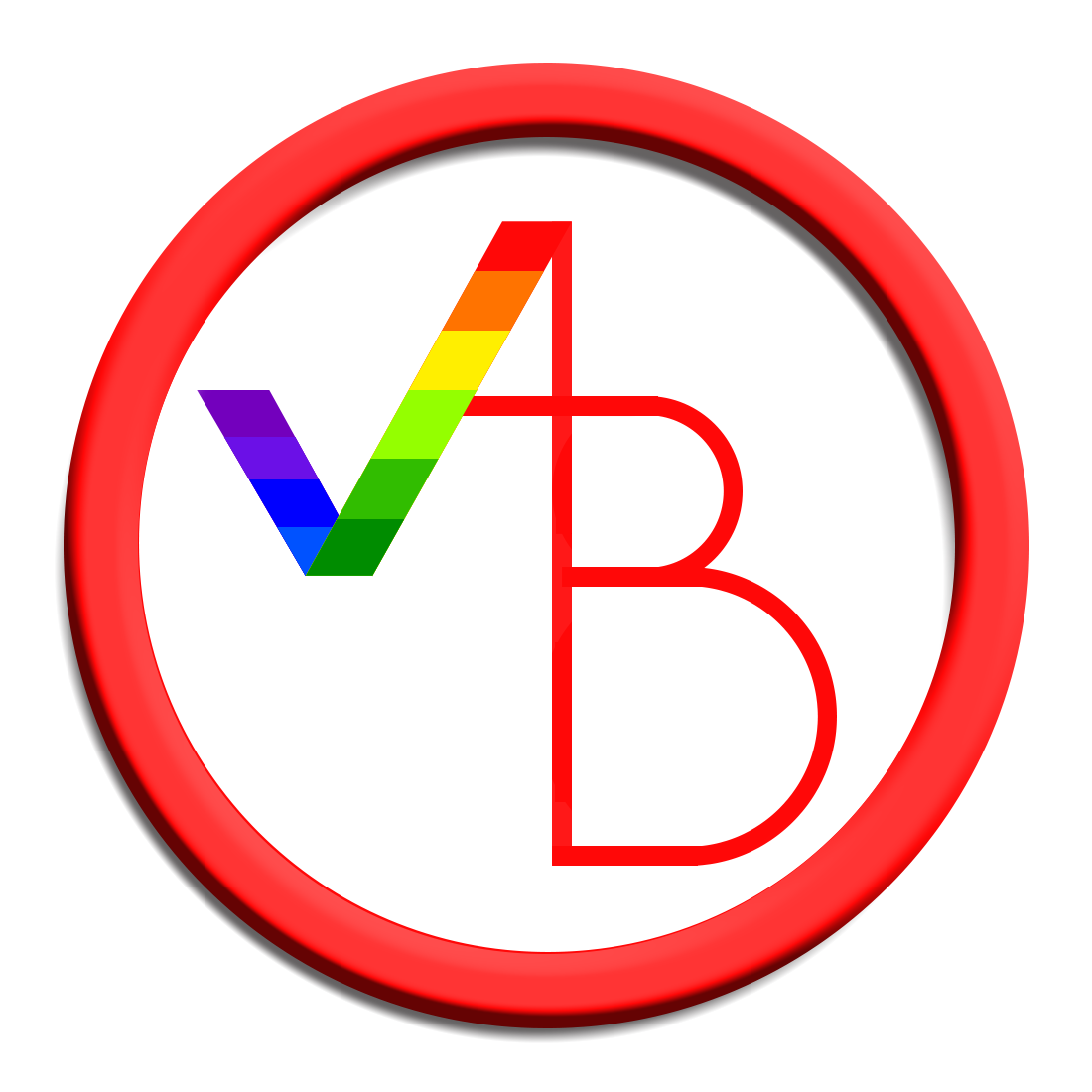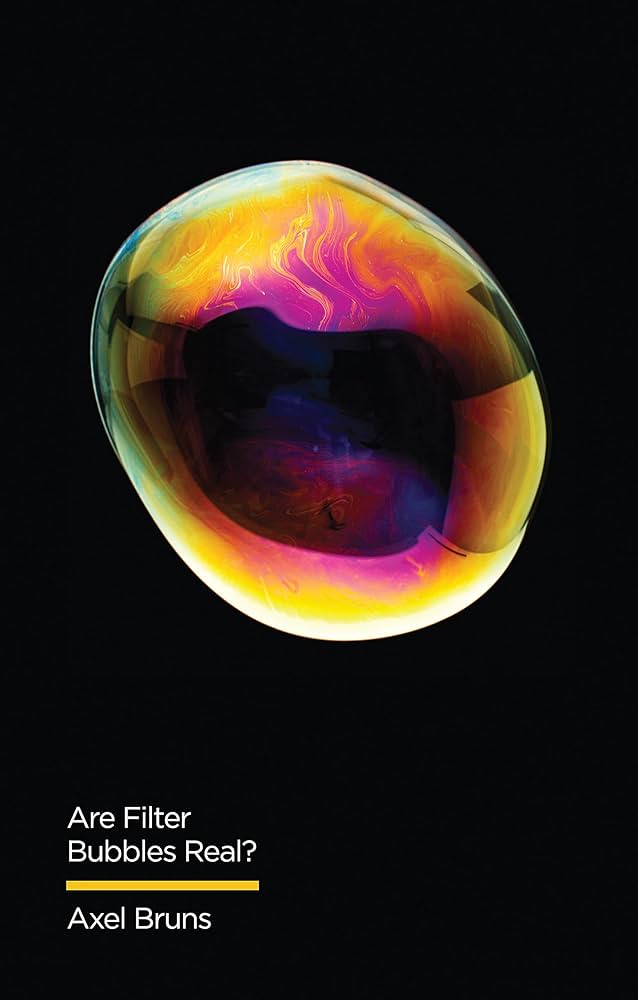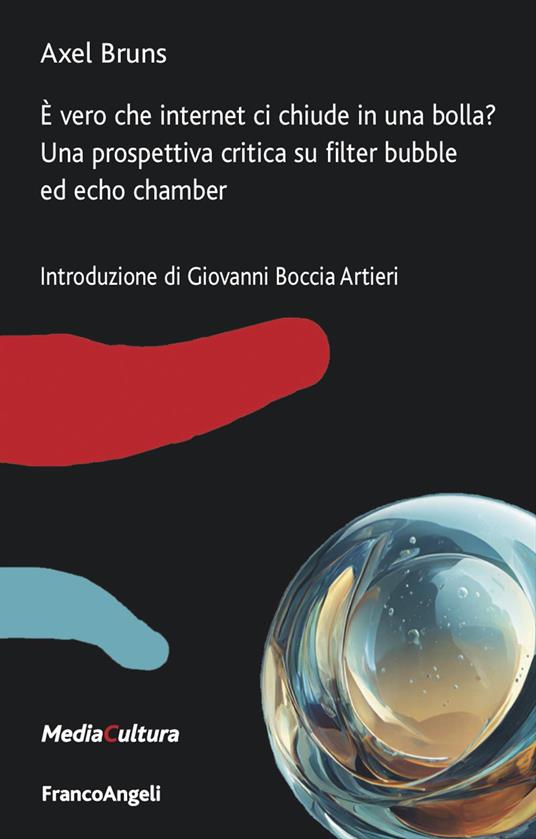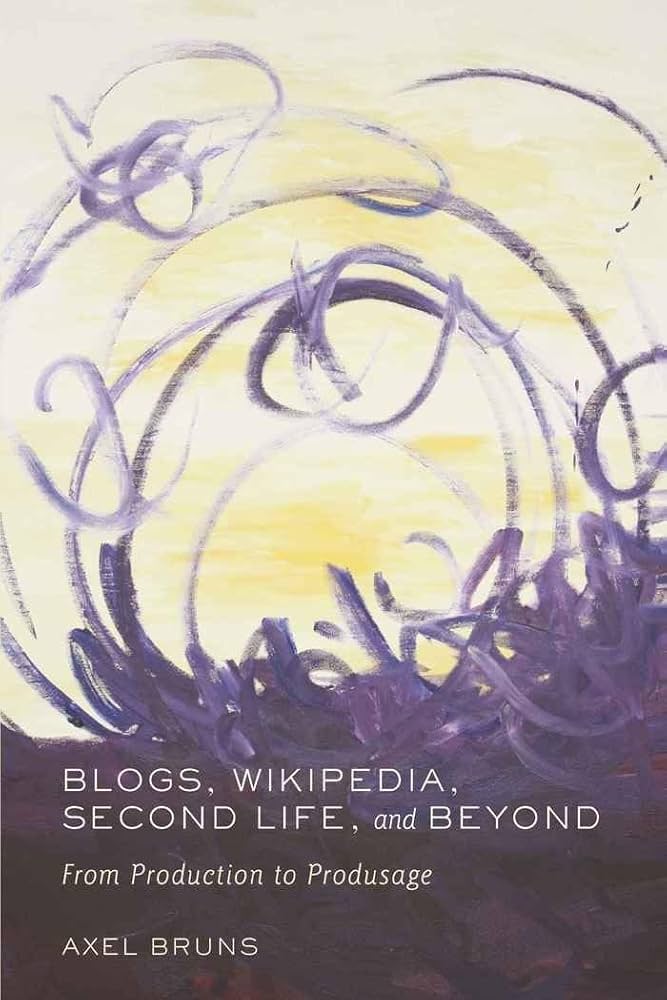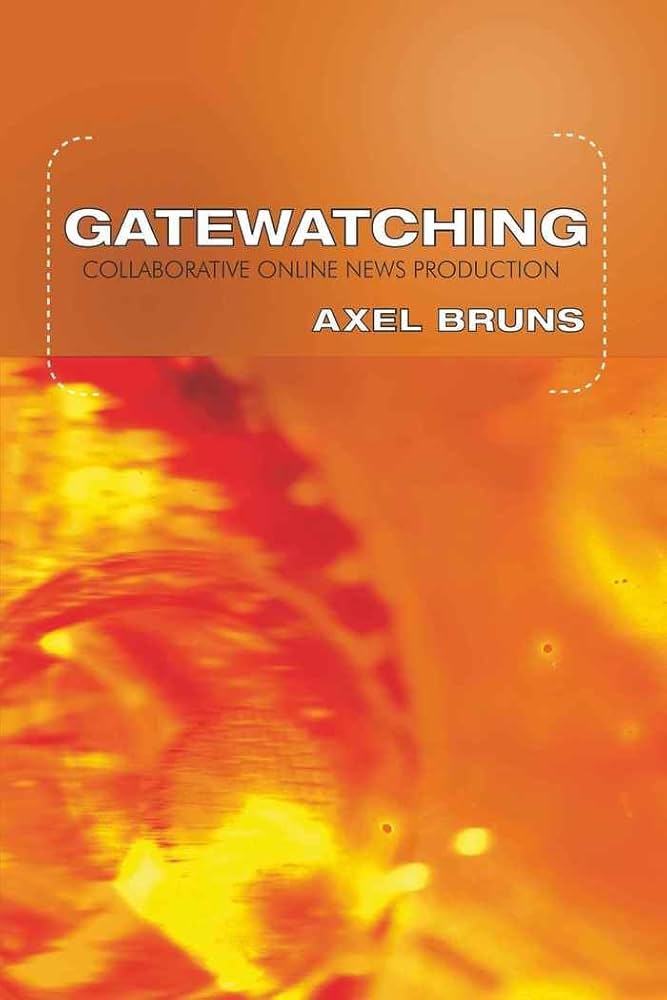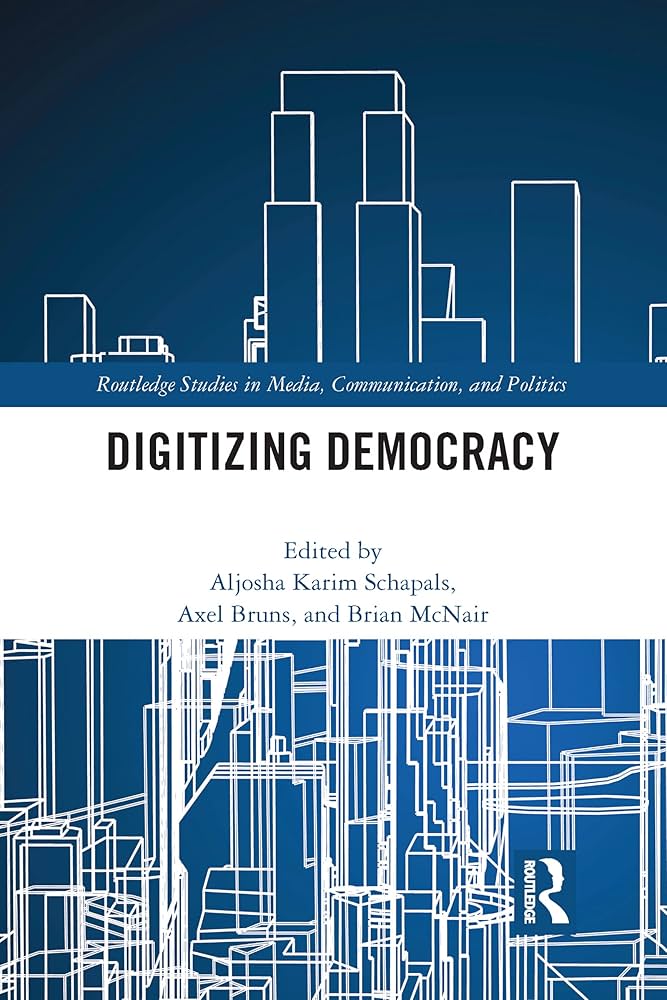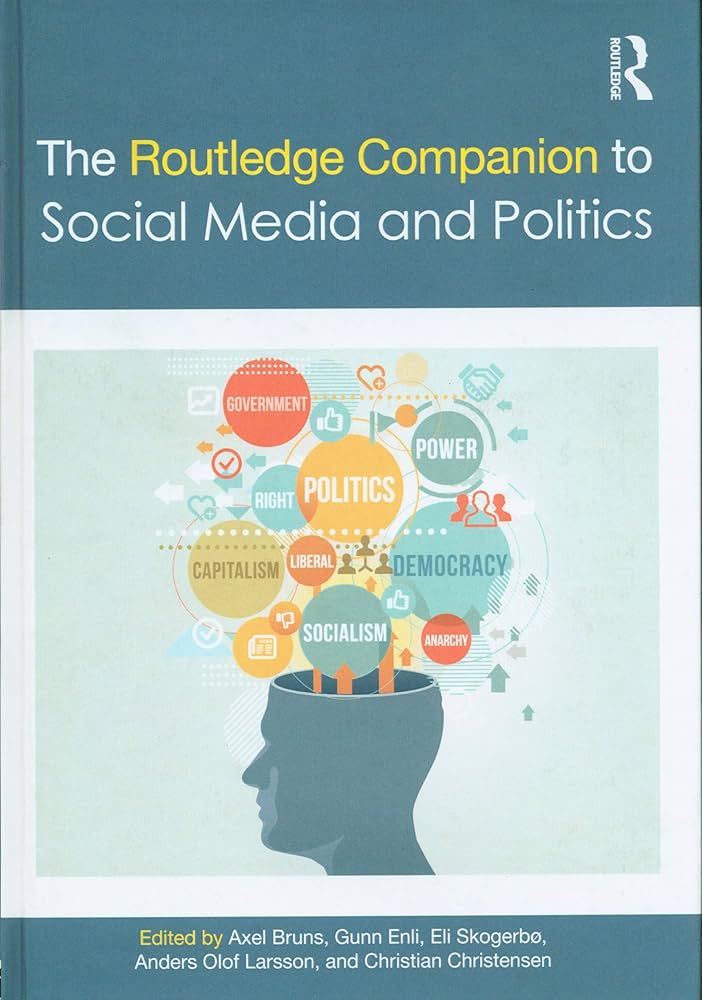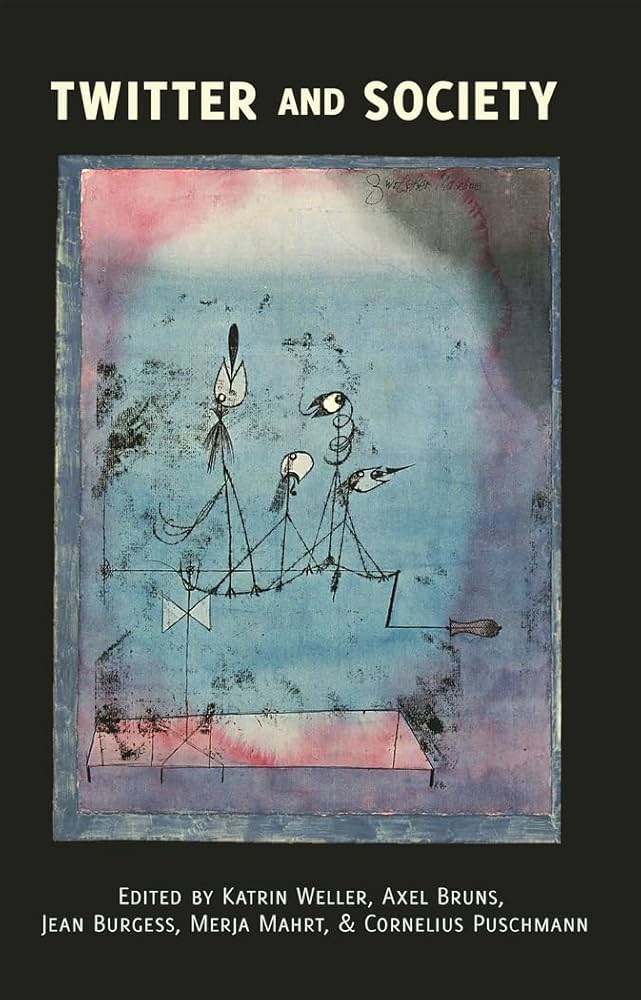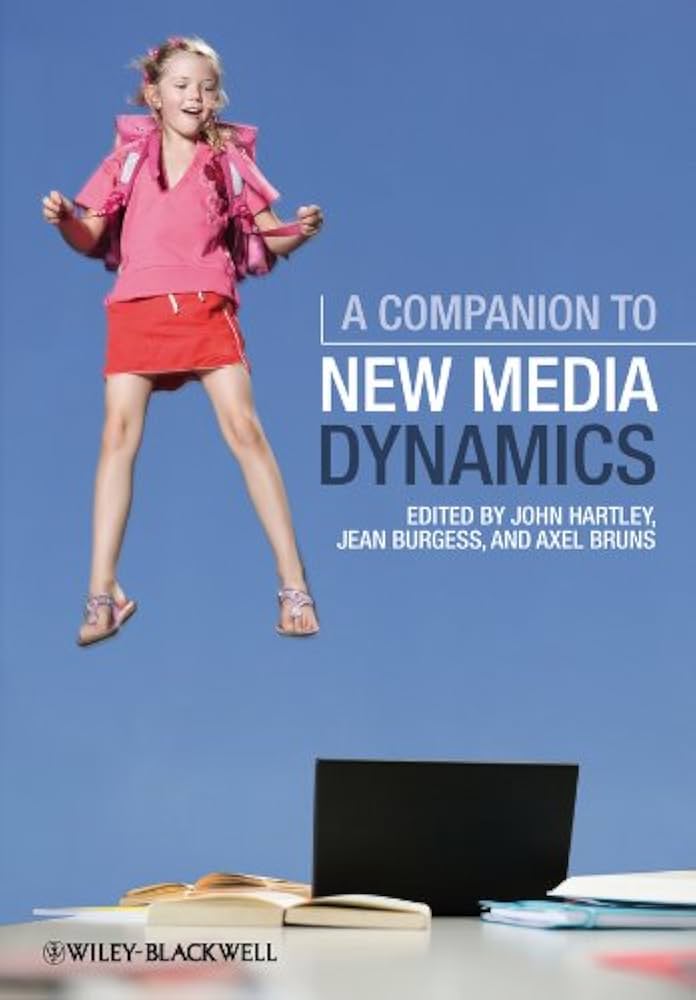Vienna.
The third speaker in this opening session at EDEM 2009 is Viktor Mayer-Schönberger, whose theme is the demise of electronic government (hmm, that didn't take long...). He suggests that e-government as a concept has come to the end of its lifespan; the promises of higher public sector efficiency, and of resulting economic growth and greater trust in government, and of deeper citizen participation in public matters have not been fulfilled. The reality of electronic government is far less promising; the economic gains remain unclear, and have yet to be measured accurately - there are no robust frameworks for such measurement at this point. We measure not what we should, but what we can measure: avoidance. That's not helpful.
